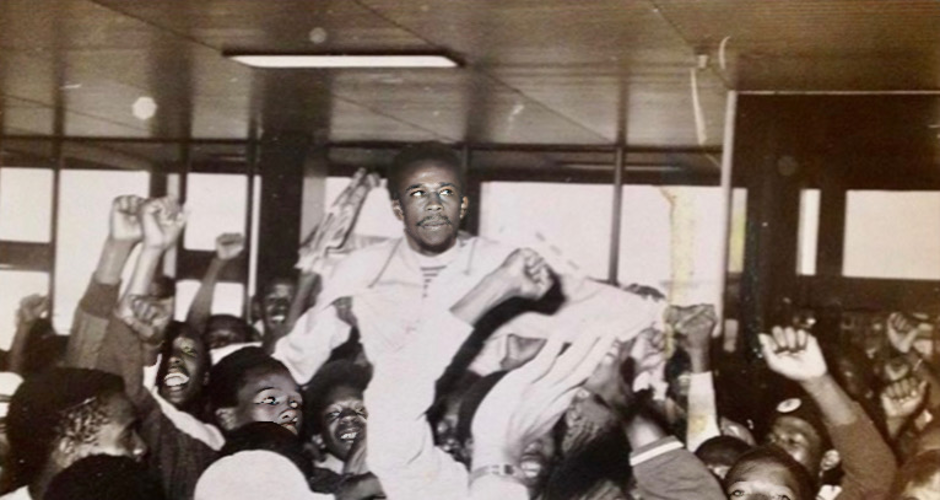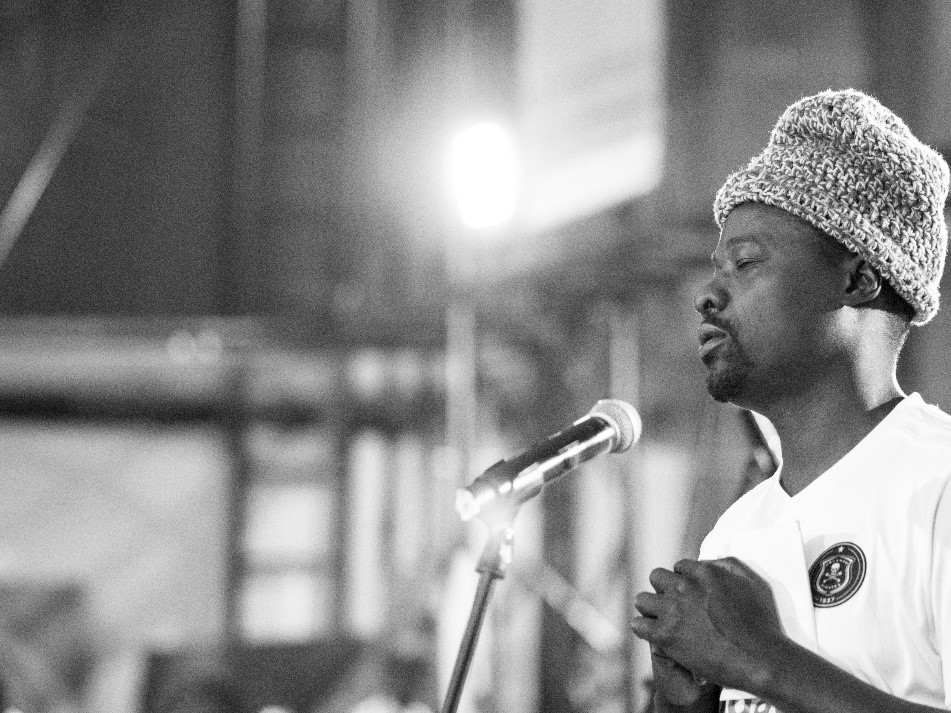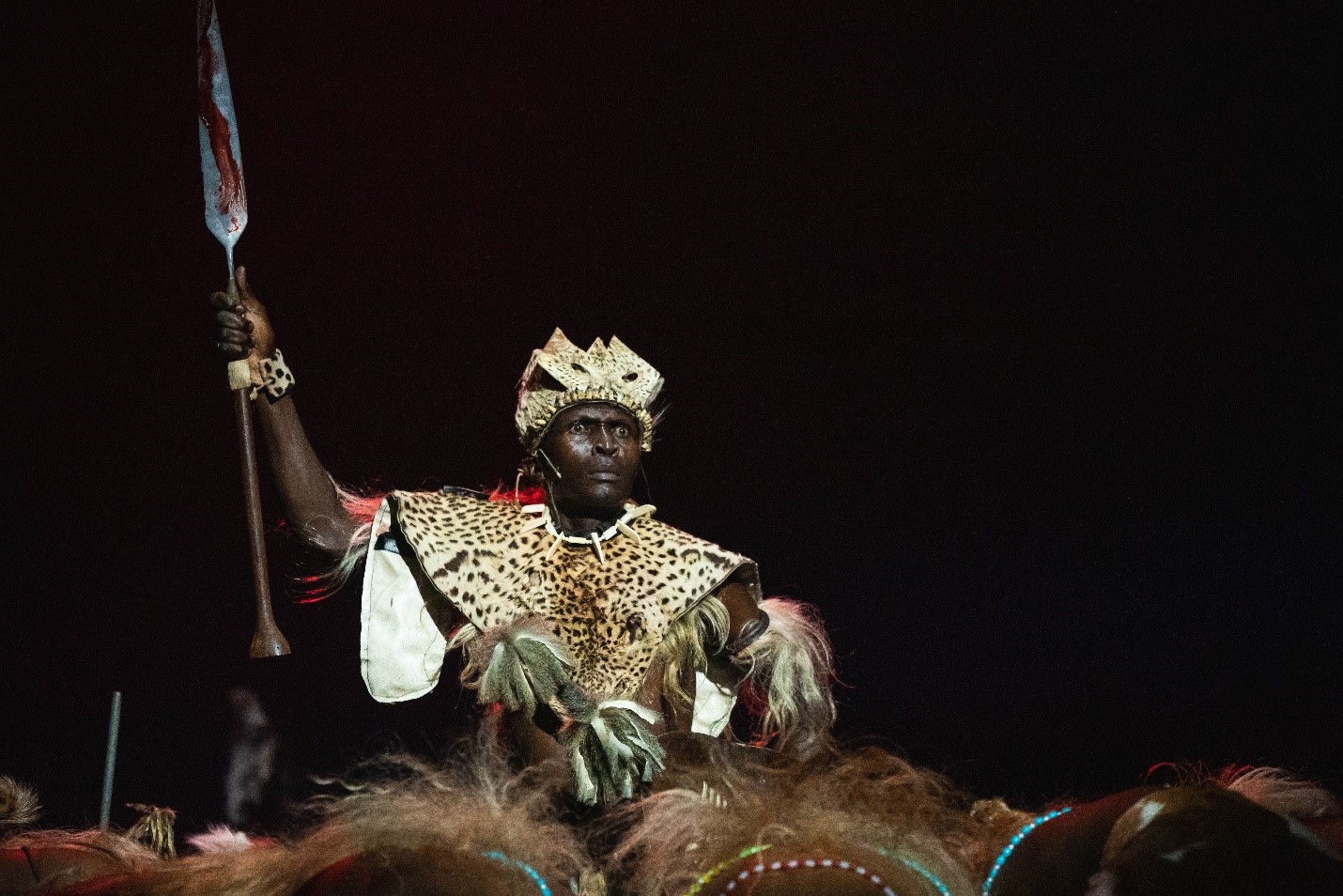As we continue to embrace the culture of celebrating historical events with no tangible achievements for black people, we are persistently motivated, at times incentivized, to honour oblivion. The conscious erasure of historical moments in South Africa by the current government and the reduction of significant political occurrences to 'one-day grievances' continue to diminish revolutionary acts as mere challenges to specific laws within the racist system. This insinuates that other default anti-black laws and conduct by the apartheid government could be retained, such as the Riotous Assemblies Act, which is still in effect under the current government.
The context and timelines of these historic moments remain obscure to black people. To add to the mystery, certain prominent events have been mislabeled to diminish their essence. For instance, the June 16 uprising has been reduced to a mere "Youth Month," and the Sharpeville massacre to "Human Rights Day." These labels are created to resonate with people who are not genuinely concerned about real black struggles, except to negate and obliterate them. The whitewashing of our history was urged by white settlers to divert black violence from themselves and confine it to black spaces. The project to dishonour the true history of the country is endorsed and carried out by the current black government.
After pawning the ownership of the country through a negotiated settlement with the National Party (NP) in 1994, the African National Congress (ANC) was mentored to run an anti-black state. This took place through power-sharing between the two supposedly opposing parties under the Government of National Unity, which was dissolved in 1996. Thereafter, members of the NP continued to run the white state through proxy, rendering the value of the ANC as a government purely nominal.
For this reason, Khotso Seatlholo, Deputy President of the Soweto Student Representative Council (SSRC), student leader of the 1976 Black Power movement, and later President of the South African Youth Revolutionary Council (SAYRCO), labelled the leadership of the ANC as the "beneficiaries of Apartheid." The beneficiaries of Apartheid, in their quest for tokens to secure their title, aimed to erase all individuals who openly expressed their opposition to their party, philosophies, conduct, as well as histories and movements that did not occur under their leadership. As beneficiaries in waiting, the ANC initially denied their involvement in the black student protest in Soweto on June 16, 1976. However, they later retracted this stance and misleadingly claimed that one of their members, Joe Gqabi, a participant among 20,000 students, was mentored in exile and inspired to initiate the "youth protest".
It took two months for the ANC to send out flyers in Soweto, calling for the residents to join their three-day strike, which was rather odd and opportunistic since the black student protest was autonomous from both the ANC and the Pan African Congress (PAC). The black student protest, which later developed into the Black Power Movement, was grounded in the philosophy of Black Consciousness and had the support of other organizations such as the South African Student Movement (SASM), South African Student Organization (SASO), and the Black People's Convention (BPC), all affiliated with the Black Consciousness Movement.
Archie Mafeje once stated that a revolutionary struggle is a process and not an event, and the developments of the black student protest would prove just that. Contrary to the narrative that the June 16, 1976 moment was limited to students rejecting the use of Afrikaans as the medium of instruction, the students proceeded to destroy Bantu School Boards and Urban Bantu Councils since these institutions represented the racist oppressive system beyond the use of Afrikaans in schools.
The students also realized the destruction inflicted upon them as black people and were enraged by the existence of taverns in the townships that nurtured an idle and detrimental life for black people. The students took action and destroyed them. Students in Soweto united and organized with the Black Parents Association and Black workers to launch more protests, worker stayaways, and black consumer boycotts. It is important to note the ultimate success of the project to cripple the country's economy in order to collapse the entire system. Following the June 16, 1976, massacre, companies and businesses collapsed, foreign investment in the country was discontinued, and the value of gold decreased by 50%. The period between 1976 and 1977 became the time when the apartheid government realized that its murderous campaign was generating more rebellion than compliance and that this would lead to the destruction of their deadly regime.
When student leader Khotso Seatlholo was forced into exile in 1977, he had already survived two targeted attempts on his life. Indifferent to the risks his actions posed to his life and averse to the inaction by the military wings of the ANC and PAC, he helped establish a military wing for black students in Botswana. The military wing, operating under the philosophy of Black Consciousness, was formed in 1979 and named the South African Youth Revolutionary Council (SAYRCO). Khotso Seatlholo became its first and last president. SAYRCO received funding from countries in West Africa, and its members underwent military training in Syria and Lebanon. On a secret mission by its president to recruit even more soldiers for military training, Seatlholo was captured by the apartheid government, convicted under the Terrorism Act, and sent to Robben Island in 1981.
This became the perfect time for the beneficiaries to propagate the myth that their June 16, 1976, moment resulted in the unity of citizens against apartheid through organizations such as COSAS, SAYCO, COSATU, and ultimately the UDF. With this narrative, the efforts of the Black Power Movement would be dissolved into a harmless and non-racial movement, aligning it with the anti-revolution philosophies of the ANC. The main difference between the Black Power Movement and the ANC would then become a revolution, where the former launched SAY(R)CO and the latter established SA(Y)CO (South Africa Youth Congress) in 1987.
There are numerous moments within the Black Power Movement when the beneficiaries of Apartheid cannot appropriate to support their current nominal government. One example is Black August (August 4, 1976), when Soweto residents, despite the student massacre on June 16, 1976, organized a three-day stay-away for black workers (their parents) and another student march to the John Vorster Square, the headquarters of the Apartheid police service at that time. The purpose was to demand the release of political detainees held by the apartheid government. This action was separate from the three-day strike called for by the ANC in the same month. The residents were barred from leaving the township by armed foot terrorists of the Apartheid regime to prevent rebellion. The apartheid system responded by brutally murdering more black people than they did on June 16th and during the period between the two events.
By that time, the student revolt had spread across the province and the country. It was evident that the apartheid government was under more pressure and faced greater threats than ever before, leading them to respond with more violence. The fact that the education system in the country was completely dysfunctional for the rest of 1976 and the beginning months of 1977 is not emphasized by the beneficiaries. Although this occurred under the apartheid government, the impact it had on the generation and their descendants needs to be highlighted, especially considering the sub-standard status of the current education system.
In one of his writings titled "Acquisition of Education: an obligation of every child and every society's responsibility," Khotso Seatlholo had this to say:
"With the introduction of Bantu Education in the early 1950s came a huge clamour for the need for a uniform education system. Inherent in this clamour was the belief that education offered before 1954 was most appropriate for the citizens of the Union of South Africa. But we have since established that Western formal education does not meet our domestic developmental needs. The clamour was well-intentioned, but a study of that educational system may reveal the fact that it could have been equally, if not more, damaging as Bantu Education."
To this day, the beneficiaries have not reconsidered the elements of Bantu Education and Western education that still prevail in today's education system. Therefore, it is not surprising that the #FeesMustFall students from 2015-2017 demanded free and decolonized education. This demand followed the #RhodesMustFall movement, which at some point advocated for the return of land from white settlers. However, the nominal government of the beneficiaries refused to prioritize the concerns of the students, just as they were averse to addressing them before 1994.
In another reflective writing titled "The struggle for liberation was about land," Khotso Seatlholo made it clear that the battles fought by the Black Power Movement aimed to reclaim land, rather than merely realizing a non-racial government that would result in a proxy black government serving the same enemies the Black Power movement fought against. After all, it would be illogical to form a military wing solely to fight Afrikaans as the medium of instruction in schools. Khotso Seatlholo died in February 2004, shattered by the treacherous 1994 settlement and his countless realizations that the black nation would end up in the ravaged condition it is in today.
As the beneficiaries lobby for us to remember June 16, 1976, as the day Hector Pietersen died, we choose to understand the Black Power Movement for what it truly was: a symbol of black agency against the system of white power that still prevails in post-apartheid South Africa. The state of the nation concerning its natives is proof that the nominal government is not only a beneficiary of Apartheid but also a beneficiary of black destruction.



















